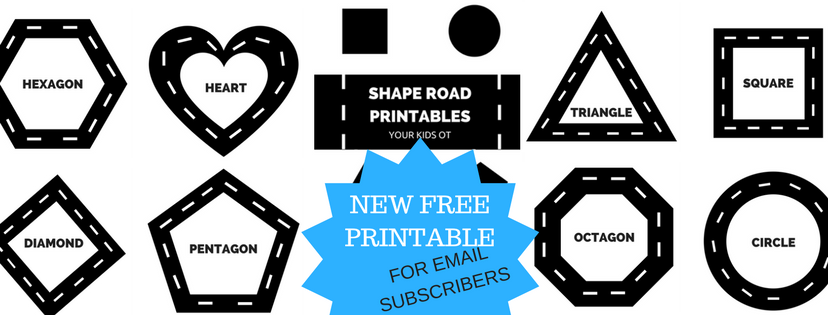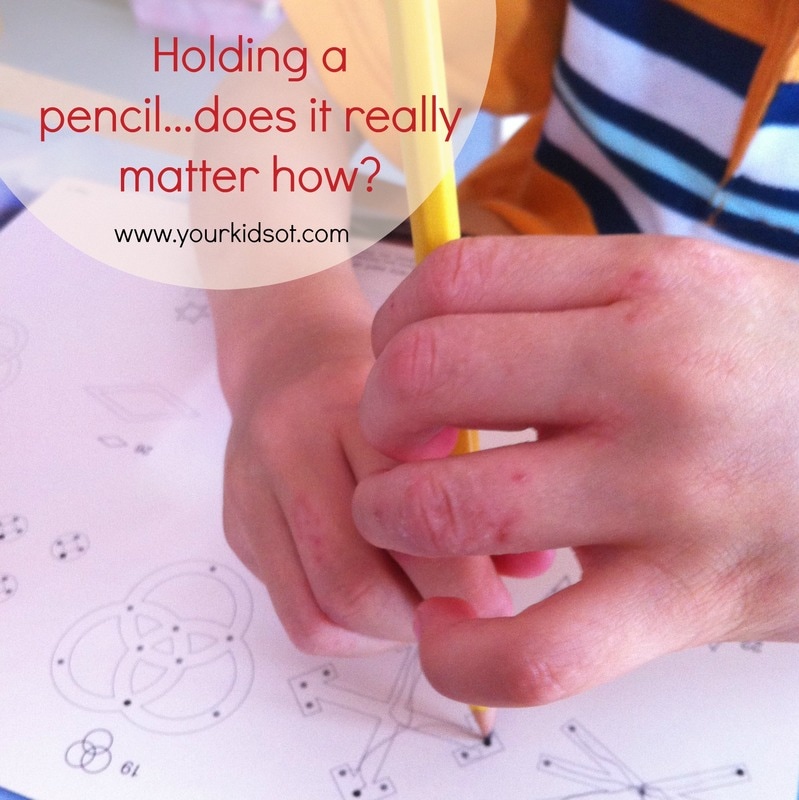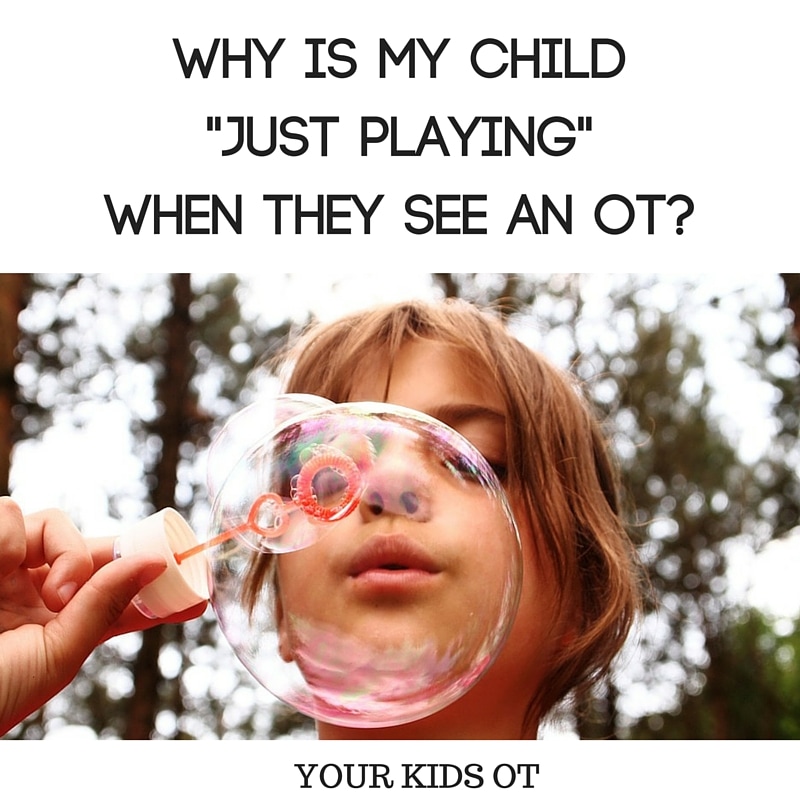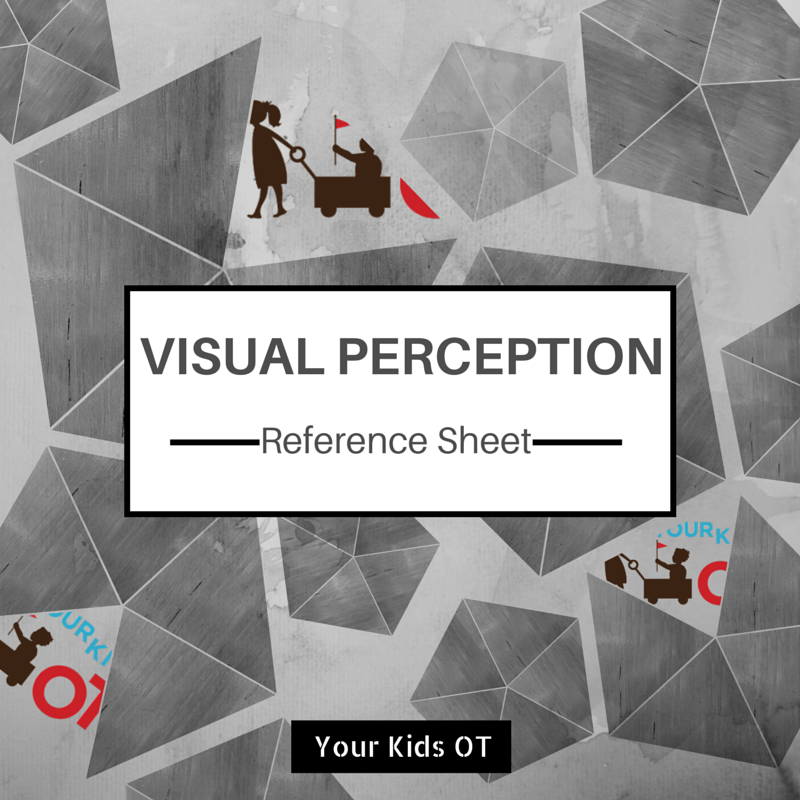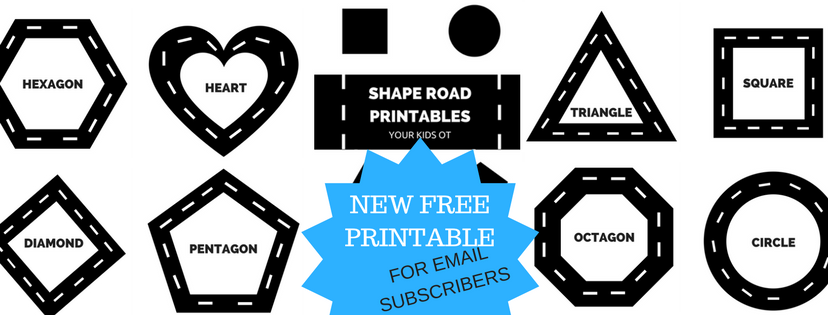|
Generally I do not attempt to be "cool". There is too much pressure. I do try to make therapy sessions fun and engaging. I try to help my own kids to learn creatively...but "cool"...a tough title to earn....until now! This homemade rewards project will have you as the coolest mum/OT/teacher/dad/grandparent in town. The elements of "winning", of "surprise", of "fun", of "uniqueness" {is that word?}, of "motivating" ... all rolled into one. The best thing is that it is really easy to prepare.
What do you need to do? 1. Mix 1 part dishwashing liquid with 2 parts paints {my measurements were very approximate} in a plastic cup. 2. Paint the paint mixture onto the contact paper {on the clear side not the paper back}. Wait for it to dry. Paint another layer and allow to dry. {Note: You can use a hairdryer if you are impatient. I also found that the paint in the cup didn't dry out - must have been because of the detergent.} 3. Print the Scratch and Win printable (print here) and cut out the tokens. 4. Cut out a small piece of painted contact paper {enough to cover up "reward" on Scratch and Win paper}. 5. Peel off the paper back from the contact paper. 6. Stick the painted contact paper onto the "Scratch and Win printable". Repeat on all paper tokens. You are ready to play! How to use? Well this is really up to you. The printable includes blanks so that you can edit your "prizes" according to your child. I tried to find "non-food" item rewards for my own kids. I also included a few "Special Scratch and Win" tokens. These included activities that we planned for the school holidays. It is also helpful if you choose prizes that your child will not receive at other times or elsewhere. (Eg. If you give your child a piggy back ride everyday then this won't be very rewarding as a prize that is revealed). I suggest that you have a system for gaining your "Scratch and Win" tokens. This will vary according to your child and what you are trying to motivate them to achieve. For Miss 7, she gains a stamp on the calendar for every time she practices the piano. When she achieves 20 stamps she gets a "Scratch and Win". You may want a quicker time frame for your child. Mr 3 is working on eating his dinner unassisted. He gets his "Scratch and Win" after doing this 5 times. We have also agreed that the prizes can be accumulated and don't have to be claimed instantly {useful when planning weekend or holiday prizes}. I plan to incorporate this into therapy sessions. I think this token based system will be really motivating. The "rewards" I choose for therapy are usually a part of the program that I would have already planned to do, however it may involve some choice by my student. For example, choice between "Writer's Hat" or "Imagistory" ipad apps, choice between scooter board or therapy ball activity, choice of multi-coloured pencil or vibrating pen for writing. It may also include a different posture, for example: on your tummy {on the floor}, sitting on a therapy ball at the table, etc. As an added bonus, the actual act of rubbing off the gold paint with a coin is a fantastic fine motor activity. It encourages a pinch grip of the coin and an open webspace (the circle created by the thumb and index finger). See how Miss 7 self corrected in the two photos above to a more open webspace which she found easier to hold the coin and rub out the paint.
So are your ready to be "cool". Despite this long explanation, it is very easy to achieve and one small strip of painted contact paper covers heaps of prizes. Have you thought of another way to use this scratch paint? Share your ideas in the comments below!
Did you read my first post "Holding a pencil...does it really matter how"? I have put together an A4 reference sheet of all the pencil grasps listed on this blog. It is now available at Your Kids OT shop for purchase for $2.50. The Pencil Grasp Reference Sheet is an excellent resource for teachers and OTs. Purchase it today to add to your "toolkit".
Why not browse the Your Kids OT shop and have a look at my other products? I add new products regularly and this is a way for me to help maintain this website. For those who purchase from "Teachers Pay Teachers" you can also find my products there. Your support is appreciated. Thankyou!
Editors Note September 2014.
It has been brought to my attention that this product of mine is being distributed so I have now added "Preview" to this image. Please purchase this reference sheet for a complete copy! Thank you for your support of Your Kids OT.
Imagistory is a beautiful wordless picture book app that encourages children to create and/or listen to the story as it unfolds. You may have read my previous post "Wordless Picture Books tell Countless Stories". It outlines how wordless picture books spark imagination and encourage your child to be the storyteller. The post also outlines how you can encourage your child over a number of sessions to work through a progression of facilitated story telling, joint story telling, child guided story telling to independent story telling. Read more here. Imagistory have published one free wordless picture book titled "The Little Red Bucket" and have several more in planning. Inspiration for developing this app came from the developer observing a 3 year-old family member using her imagination to tell a story using some pictures. This app guides you with instructions (in a parents' section) about how to use wordless stories. You can preview the pictures initially before creating your story. The app then provides an opportunity for you or your child to create a story by taking your photo and then recording your voice for each page. Once recorded you can select which "story teller" you want to listen to as you can store several recorded voices. "The Little Red Bucket" has beautiful illustrations (see below) and will appeal to a wide range of ages. It is a story about a girl at the beach who loses her red bucket in the ocean. She ventures into the water to retrieve her bucket and she meets various creatures on her way. Miss 7 enjoyed recording this story independently and Mr 3 enjoyed watching and listening to it. As with all wordless books, countless stories were told as each time a recording was made different details were emphasised. I asked a subscriber to trial "Imagistory" also. She found that her Miss 3 and a half enjoyed looking at the app with her older 13 year old cousin. They found it easy to use and thought it was a cool idea. The 13 year old was surprised to find Miss 3 and a half had something to say for every page. They found it a great activity for the cousins to do together (despite the age difference). I can envision using this app in therapy. It may be used to help those who get "stuck" with ideas for story creation. This app could be used as a prompt to discuss a story's beginning, problem and resolution. You could also prompt your child to consider the setting (and how it changes), how the girl is feeling throughout the story and descriptions of the other characters (ie. water creatures). After discussing the components of the story, a handwriting lesson may be incorporated too. Note: I have received no remuneration for this post and all comments made are my own.
Louise is a mum of 2 children living in Sydney, Australia. This is her experience of how sensory processing affects her son and how Occupational Therapy helped him.
Q1. What were some of the concerns you had for Tom that you felt needed to be addressed? Since Tom was a toddler there were things about Tom that seemed a bit odd, that we just put down to his personality, and the fact that all kids are different. As a toddler he never liked rough games, and couldn’t stand being put on a swing. At preschool the staff felt things didn't seem quite right and asked the Early Intervention Team to come and assess him, but the team determined he was developmentally age appropriate. Q2. What treatment or advice did you seek initially? Tom’s Year 2 teacher was special needs trained, and immediately had concerns about him. She wanted us to get his hearing tested, and to see a paediatrician. Tom’s hearing test came back as normal. The paediatrician read the letter from Tom’s teacher and had me fill in a checklist of about 10 items. After the half hour appointment he diagnosed Tom with ADD, wanted us to get an ECG (to check his heart was OK), and if his heart was good he would start him on Ritalin. The next day I spoke with Tom’s teacher, who indicated she didn’t believe he had ADD, but suggested we keep looking for a different answer. We then saw a paediatric clinical psychologist who spent 2 hours with Tom, and gave us and his school teacher very comprehensive forms to fill in. Her assessment was that Tom had no developmental disorders. At this stage Tom was fed up with going to different people, so we stopped investigating.
Q4. How was Tom assessed and what was identified as Tom’s difficulties by the OT?
Tom had a two hour assessment, which consisted of formal tests – some pen/paper tests, some tests with headphones on, some physical based tests, as well as unstructured time “playing” where he was closely observed. I was also interviewed about my understanding of Tom, and his school teacher had some reports to complete also. After that, three main areas of concern were identified: Tactile (touch) defensiveness – Tom was over responding to touch sensations, finding them unpleasant Auditory (sound) processing problems – Tom was over responding to auditory sensations, and not filtering out unimportant noises. Apparently we are supposed to focus more on sounds in the human voice range, and be able to block out background noise, but Tom wasn't able to do that. Vestibular (movement) processing problems – This was observed as he “played” on things like climbing frames, hammocks, and balls. There were some things that he avoided that were too uncomfortable for him, but of the activities he did do they wound him up and almost made him “hyper”. Q5. What “treatment” did Tom receive? What did Tom think of this “treatment”? For tactile defensiveness – we were given a brushing program, which meant we had a soft brush that we had to systematically rub over his skin. Initially it was every hour (during school holidays) but then dropped back to a couple of times a day. Tom hated it at first, for him it felt like it was hurting him, but in time it became quite a calming thing for him. Auditory processing problems – We were given a CD listening program, which was designed to settle his sensory system, and help with his auditory processing. It was strange music with odd mixes of frequencies. He had to wear headphones with the music playing at breakfast and at dinner time. He had to carry on normal conversation, with the music in the background, teaching his brain to filter out the unimportant noise. Again with this, Tom found it very unpleasant at first, but it became something he was happy to do in time.
Tom was also offered a position at Camp Jabiru (run by the Sensory Gym), a week long camp for kids with sensory processing problems. The idea was that they would try different activities in a supported environment. Tom did this in Year 4, and had to be physically restrained for us to leave, as he was so anxious. He had a fantastic week though, and was able to draw a lot of confidence from it. He opted out of the high ropes course, but did a range of things including canoeing, rock climbing, and the low ropes course. It meant that when his first school camp happened in Year 5 that he had already had the experience of being away from home, and doing different things. He went on school camp feeling like he could do it, because he had “success” on Camp Jabiru.
General sensory integration – to help with general sensory integration we were given a sensory “diet”, a routine of activities designed to help his sensory system be settled. It involved things like bear crawls, and tug of war with a towel, and lifting up the lounge. We tried to do these things each morning before school to settle his sensory system. Some of these activities he enjoyed more than others. 4 years later when he is unsettled, he will initiate these sorts of activities – he will occasionally pick up the table a few times, or wrap himself up tightly in his bed sheets. Q6. Did you see any progress during the time of “treatment”? After 12 months Tom was discharged from the program. He made great progress with tactile defensiveness, was more focused in conversation and at school as his auditory processing was improved, and coped much better with movement activities. Q7. Do you think Tom’s treatment has had long-term benefits in the way he processes sensory information? It was explained to us that Tom would not be “cured”, but that he would be more able to manage his sensory issues. With tactile processing – 4 years later, Tom is much more able to tolerate strange and different sensations. There still are issues at times, like this year with the change into winter uniform, and the button at his neck and the buttons on his wrists “hurt”. He still interprets someone bumping into him, or treading on his foot, as them hurting him and reacts more than another child would. As parents we can now understand, and respond more helpfully to him. He also has more skills to manage this too. With auditory processing - Tom is now able to be quite focused in class, and is doing well academically. There are times when he is unsettled, that I need to work to get his attention, but on the whole he is managing well with focusing attention. With vestibular processing - Tom is now much more able to be involved in physical activities and doesn’t have the same anxiety stopping him. He is still careful with rides at shows and theme parks, and will assess carefully beforehand if it is something he thinks he can manage. He is able to get involved in school and youth group camps well, and generally participates as would be expected. Q8. Is there anything else you would like to share with other parents or teachers about sensory processing? Sensory processing disorder is tricky to get a diagnosis for, as it is not widely recognised by the medical community. The process of being sent from person to person, trying to get someone who knows what is going on, is hard both for you as the parent and for your child. It is hard as a parent because at times it seems like you have a difficult or naughty child who refuses to participate and communicate appropriately. It is hard not to think of yourself as a “bad parent”. Thankfully, Occupational Therapists who specialize in Sensory Processing Disorder do have lots of tools to help our kids function more effectively. We were recommended a book which was also very helpful “The Out-of-Sync Child – recognizing and coping with Sensory Processing Disorder – by Carol Stock Kranowitz”. My hope as a parent is that I can love Tom well, learn all that I can about him, and learn how to support him to be as independent as he can be.
Note: Photographs included in this blog are general in nature and are not of "Tom". This page contains affiliate links.
This is a great introduction to Tangrams for children. Mr 3 is able to match most of the first 10 shapes. Miss 7 can do most of the book independently. We can keep coming back to the book and Tangrams. I have used ordinary Tangram sets with school-aged kids I see for Occupational Therapy. Most Tangram sets come with pictures that can be built with Tangram shapes. Tangrams are helpful for encouraging the development of visual perceptual skills, especially * figure ground (the ability to see an object or form when presented in a complex background with a lot of visual information at one time), * visual discrimination (is the foundation for where an object or shape is classified according to colour, form, pattern, size or position) and * position in space (relates to understanding directional language concepts, such as in/out, up/down, in front of/behind/between, left/right, when relating to objects or shapes such as letters). Read more about visual perceptual skills here. Note: I have not received any renumeration for this post, however this post does include affiliate links.
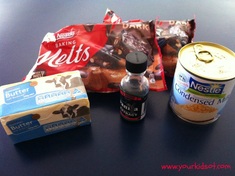 Ingredients 50g butter 1 tin condensed milk 500g dark chocolate Vanilla extract 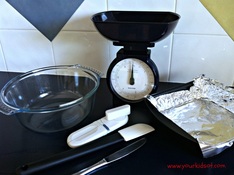 Equipment needed Knife Kitchen scales Spatula Can opener Microwave safe bowl Foil lined tray (approx 20cm square) Method 1. Place the butter, condensed milk and dark chocolate in a bowl. 2. Heat in the microwave on high for 1 minute. Remove from the microwave and stir. 3. Heat in the microwave for 30 seconds.. 4. Add a few drops of vanilla extract to the mixture.. 5. Stir and pour the mixture into the foil lined tray. 6. Place in the fridge and allow it to set for 1 hour. 7. Cut and serve.
Note: For new followers to Your Kids OT, you may have missed the post about why I have a "Kids in the Kitchen" section on this blog and website. Here is a summary from the original post below. This app contains lessons for learning to draw dinosaurs, dogs, trains and monsters. Each category contains five lessons ranging from easy to hard. The app enables the user to colour in the picture (with or without learning to draw first) and a scratchpad for independent drawing. Each lesson is taught with a visual step by step approach. The model is drawn and the section for you to draw is revealed with a red line. This is great for children who have difficulty with visual motor skills and spatial awareness. The marks that are required to "draw" are not precise so a mark in the general area will "work". There is an option to save work and there is a left-hand mode to switch the drawing area during the lesson. Older kids could be encouraged to draw the pictures onto paper after observing each step. Some kids will have difficulty concentrating to complete a drawing as some pictures have 58 steps to complete {that's a LOT of steps!}. On the other hand each step is often so small and quick to complete. I actually would not recommend using a stylus for this app. The steps are too small and do not need any precision to complete. I encourage all kids (of ages) to draw and experiment with drawing. It is very important in helping with visual motor planning and spatial organisation for handwriting. Here are some benefits of drawing. The Benefits of Drawing for Children Include:
(source: Drawing for Kids) "Let's Learn How To Draw" app will appeal to some children (school age and older). It can be used as a writing prompt for others (ie. learn to draw a picture and then write about it, using the picture as a character). This app has been rated the #1 Education iPad app in the US.
I do not recommend this app for toddlers and preschoolers. There are a lot more options available with more animation and appeal (such as the Lazoo apps I've already reviewed). An in-app purchase may be made to stop the ads from popping up during the use of this app. This may not be an issue in therapy sessions, however may be distracting and difficult to manage at home. Do your kids like drawing or are they reluctant? Some children will gradually tolerate these sensations as they "brave" repeated exposure. Eventually they don't react to these sensations and may seem as if they have always loved these sensations. Other children find it really difficult to interact with these sensations. It is almost as if they are having a pain response to this touch. We call this "tactile defensiveness". Tactile defensiveness refers to the pattern of observable behavioural and emotional responses, which are aversive, negative and out of proportion, to certain types of tactile stimuli that most people would find to be non-painful (Lane & Royeen, 1991). Tactile defensiveness may also be seen with complaints about clothing {the labels, certain textures, length of sleeves}, emotional responses to anticipated touch {avoiding crowded environments, tickles or hugs} and aversion to being helped with some daily activities {such as brushing teeth, nappy changes, nose cleaning}. These are just a few examples. A child who experiences tactile defensiveness may benefit from an overall sensory integration assessment by an Occupational Therapist if this is interfering with their ability to participate in the classroom or to complete daily activities at home. In this post I will look at how you may assist a child who avoids play activities involving tactile materials. This looks at just one sensation they may be avoiding at a time. I will discuss some general strategies to try with tactile defensiveness in a future post. You may like to prepare hands and feet by massaging them with your hands or using a small toy that has a vibration. A tapping or clapping game prior to sensory play with hands will also help prepare your child by helping to be aware of their arms and hands. Example: Sand or rice play with hands The progression begins with asking a child to take toys from the surface of the sand/rice (where they don't need to touch the sand or rice), then half burying the item in the sand/rice, and finally burying into the sand or rice.
Notes:
If your child is more sensitive with one body part (eg. hands) compared with other parts of the body, you may introduce a new sensation to less sensitive body parts (eg. elbows, forearm, etc). You may be able to incorporate pouring and scooping at some point in addressing your child's play. It is preferable if your child does this independently rather than someone else pouring it over them. Have a go at these simple, gradual introductions to these touch sensations. This may be a slow process as children have different levels of tolerance. A child may become tolerant of one texture quicker than with another. Is your child sensitive to touch? Lane, S. & Royeen, C. (1991). Tactile processing and sensory defensiveness. In Fisher, Murray, & Bundy (eds.), Sensory Integration Theory and Practice. Philadelphia: F.A. Davis Company.
We had a fantastic holiday with lots of lovely memories and even pleasant experiences on the plane. One of the best things about returning home from a holiday is "rediscovering" toys that haven't been seen for a while. Both kids loved playing with kinetic sand today (click here for more on Kinetic Sand) and Mr 3 couldn't wait to pull out his road mat.
Mr 3 loves driving and creating stories with his road mat. Every now and again we will add an extra feature that he comes up with. Today we added a petrol station as one his cars had run out of petrol.
You don't need great drawing skills (my pictures are very simple) to create this fun road mat. Many boys (and girls) love to play with toy cars. Driving along a road is a simple way for children to develop eye-hand coordination. Through pretend play, children can create stories and use their imaginations. This road mat is large enough for Mr 3 to play with a friend (or a beloved cousin) and this is great for the development of social skills. Our road mat stores neatly under Mr 3's bed so there is no problem with storage for us. This is usually the first toy Mr 3 pulls out when he wakes up in the morning to have "quiet" play before waking up mummy! Win-Win! Do you have a little one who would love a homemade car mat? It is so easy to make, give it a try and let me know if you do. Safe driving... Tapatan is a fun three in a row game originally from the Philippines. It is closely related to "Tic Tac Toe" (also known as noughts and crosses). It is a new alternative "fine motor" activity for me to use in therapy and fun for kids as an alternative to "Tic Tac Toe".
Game objective First player to get three checkers in a row (horizontal, vertical or diagonal line) is the winner. How to play 1. Players begin with 3 checker pieces each. 2. Players take turns to place their checker pieces onto the board until all checker pieces have been played (unless the first player wins). 3. After all the checker pieces have been player, players may move one of their checkers to an adjacent unoccupied space on the board. 4. Play continues until one player achieves three checkers in a row or a stalemate is declared when one player cannot move their checkers or a position is repeated three times. Here is a sample game unfolding... Your school age kids will love TAPATAN! Download it today or make your own game board this weekend. Teachers, why not get your class to measure out the sides of the square and intersecting lines, then play the game. Let me know if your kids love it. I would love to see photos if you have a go. Try it this weekend. Note: For those with a keen eye, yes I did notice that both my TAPATAN squares are slightly askew. Hopefully you can draw a straighter line than me.
|
AuthorHi, I'm Cindy and I am an Occupational Therapist. I enjoy working creatively with children to see them reach their potential. Read more about me here. SEARCH THIS SITE
Archives
June 2024
Categories
All
Popular Posts |
Join the YKOT e-newsletter!
Subscribe to get our latest content by email and receive
the SHAPE ROADS PRINTABLE NOW!

Success! Now check your email to confirm your subscription and receive your free printable!
Join our Mailing List!
Subscribe to get our latest content by email and receive
the SHAPE ROADS PRINTABLE NOW as a thankyou!

Success! Now check your email to confirm your subscription and receive your free printable!
Disclaimer: The information on this site is general in nature and should be used for educational and entertainment purposes. The activities are safe for most children, however, you should consult an Occupational Therapist or health professional to address specific movement, sensory or other medical conditions. This blog does not replace formal therapeutic professional advice given by a health professional or medical practitioner. Reviews and endorsements of products will only be made based on my expertise and personal opinion; and deemed worthy of such endorsement. The opinions shared in sponsored content will always be my own and not that of the advertising company or brand. Content, advertising space or posts will be clearly identified if paid, affiliated or sponsored. Affiliate links may be found throughout this website in advertising. This means that if you follow through with a purchase from these links, Your Kids OT will receive a percentage of the sale. Your Kids OT undertakes to meet the requirements of the "Social Media Policy" as published by Australian Health Practitioner Regulation Agency (AHPRA). Further information about this policy can be found here.
Find meFollow me |
About me
AuthorHi, I'm Cindy and I am an Occupational Therapist. I enjoy working creatively with children to see them reach their potential. Read more about me here. |
Copyright © 2017 Your Kid OT

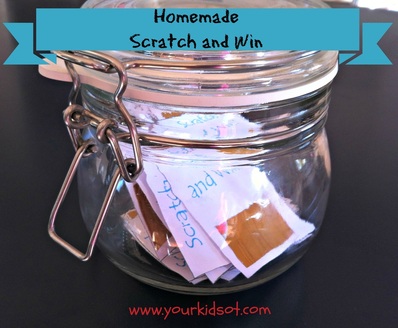
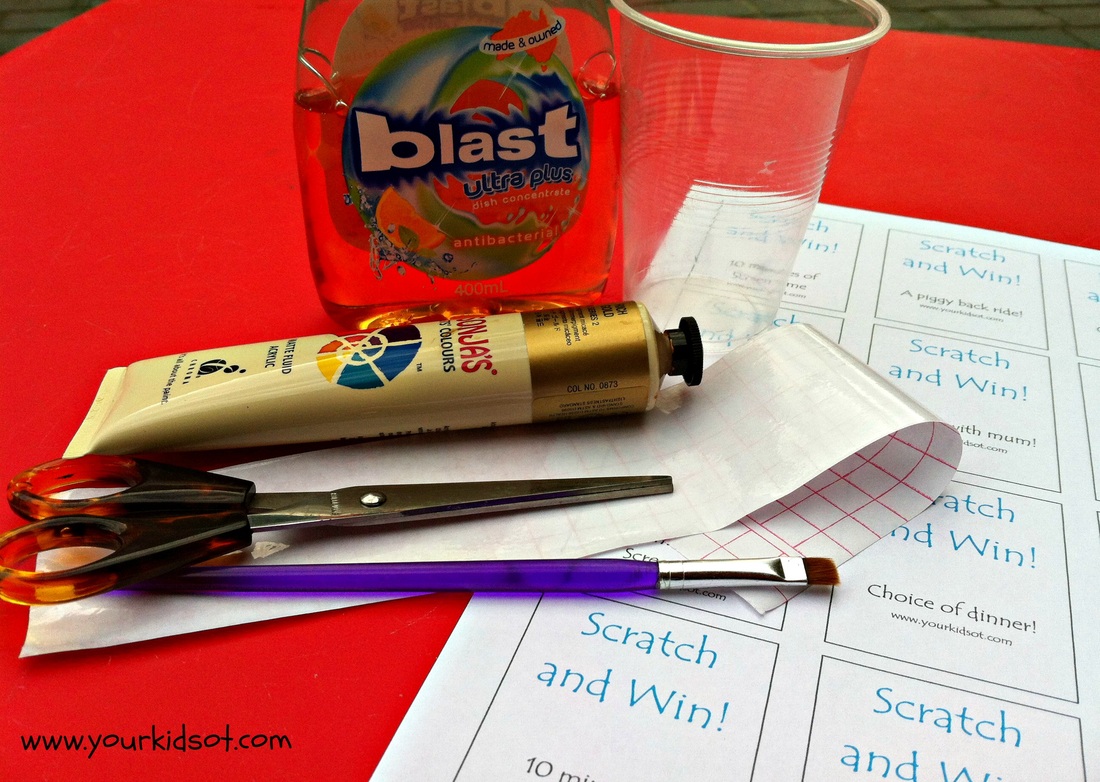



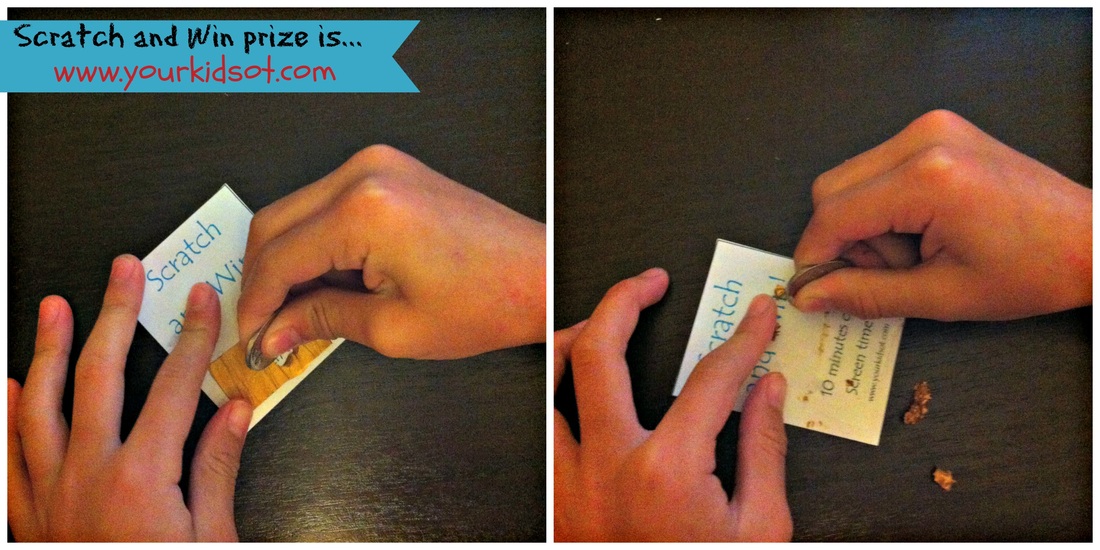

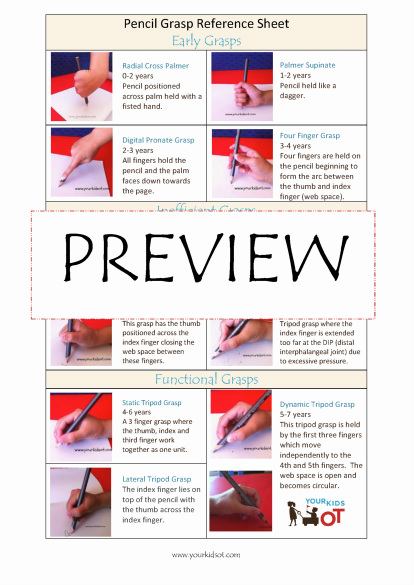



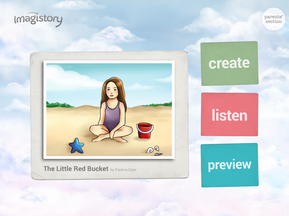
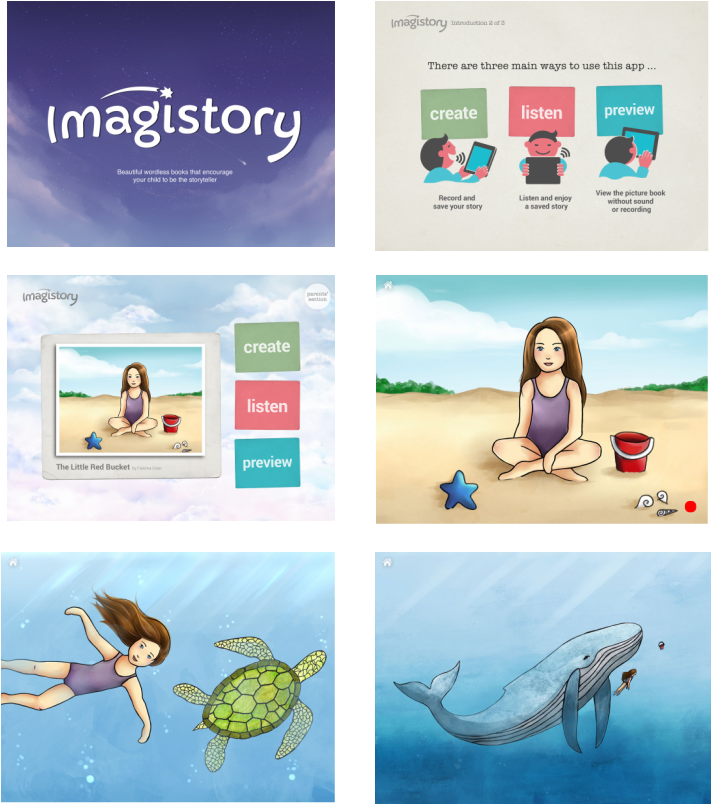

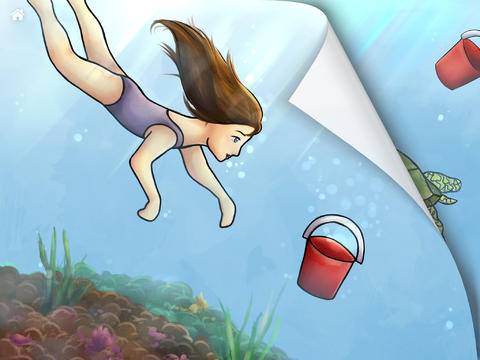
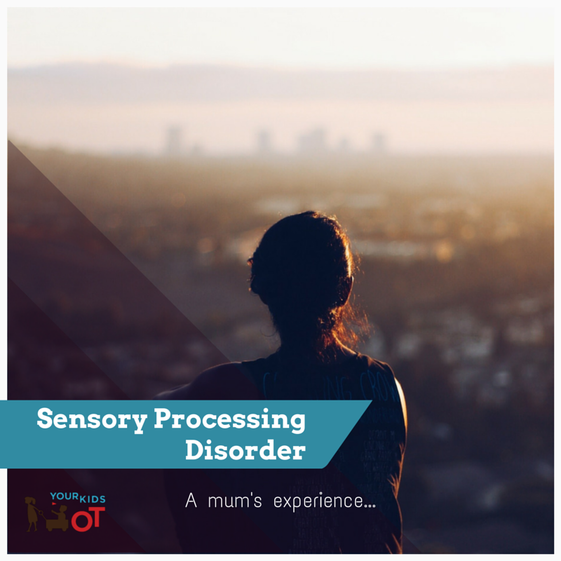

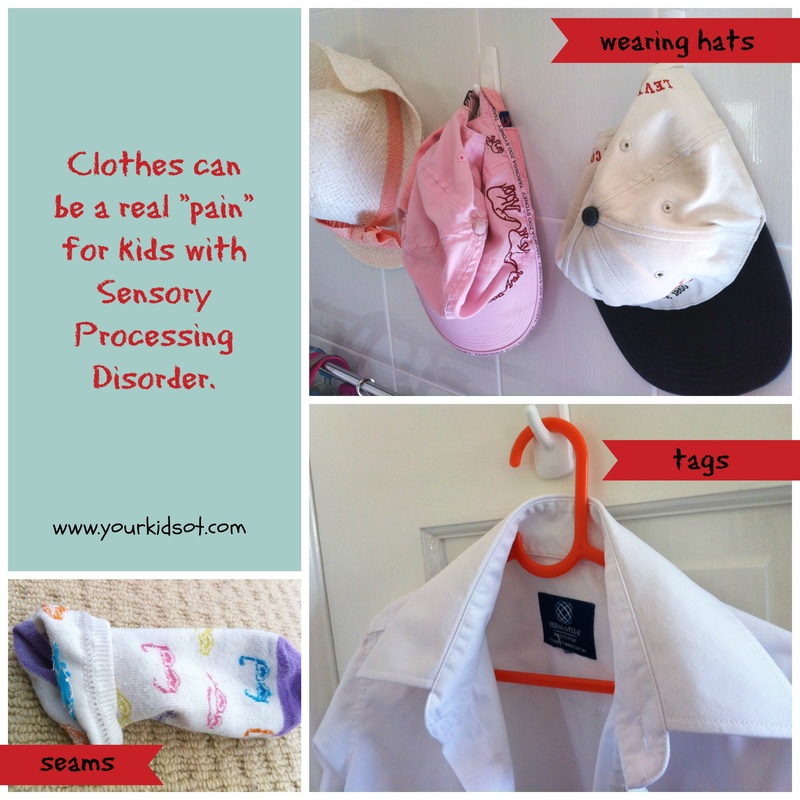
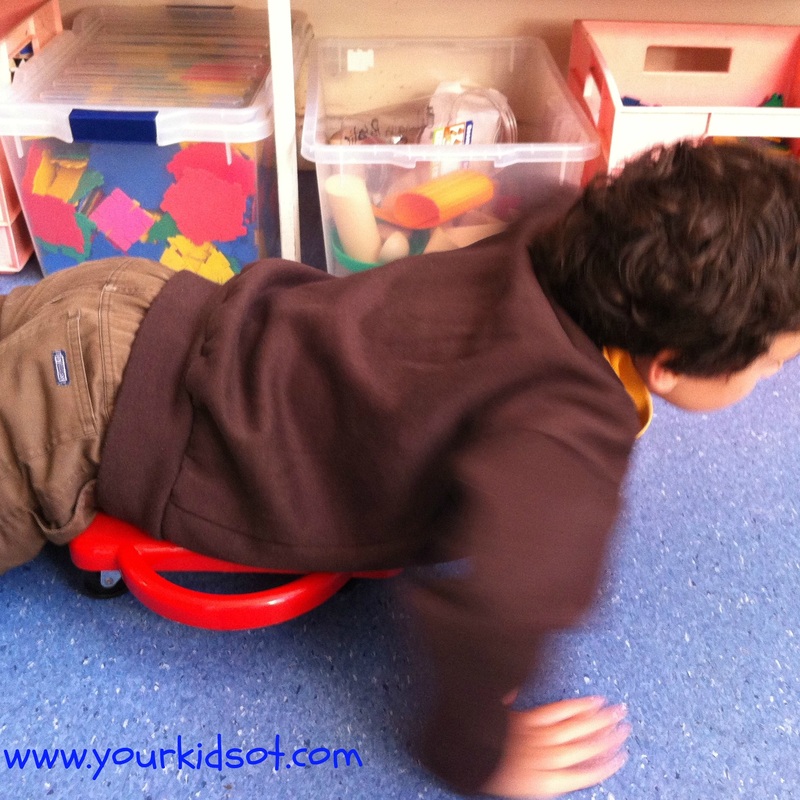

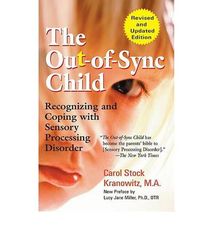
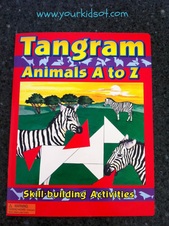
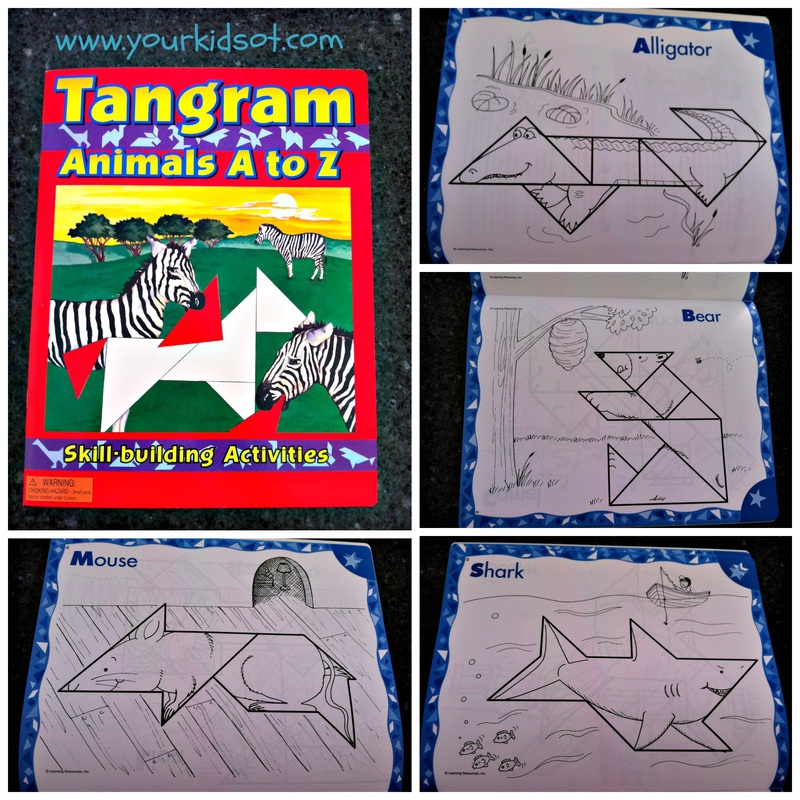


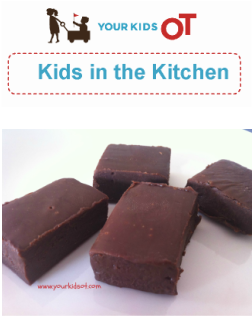


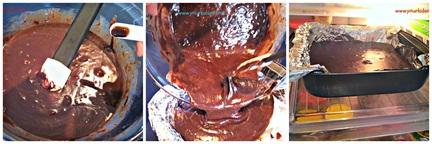
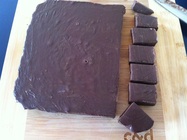

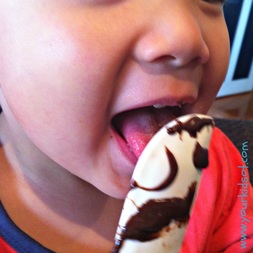
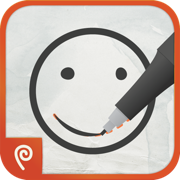
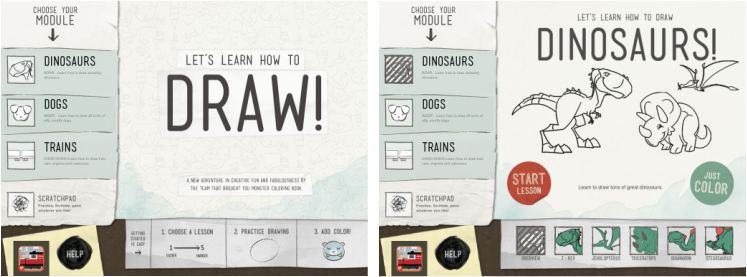
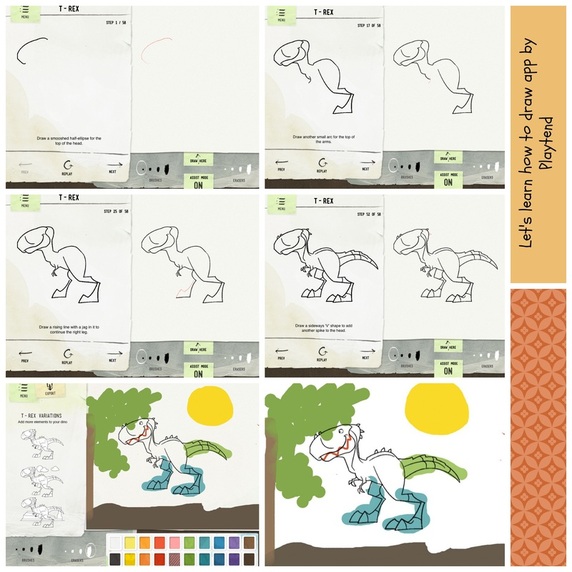
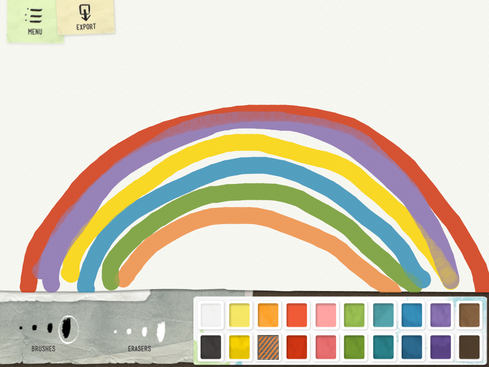

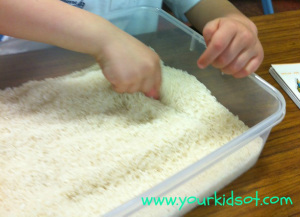



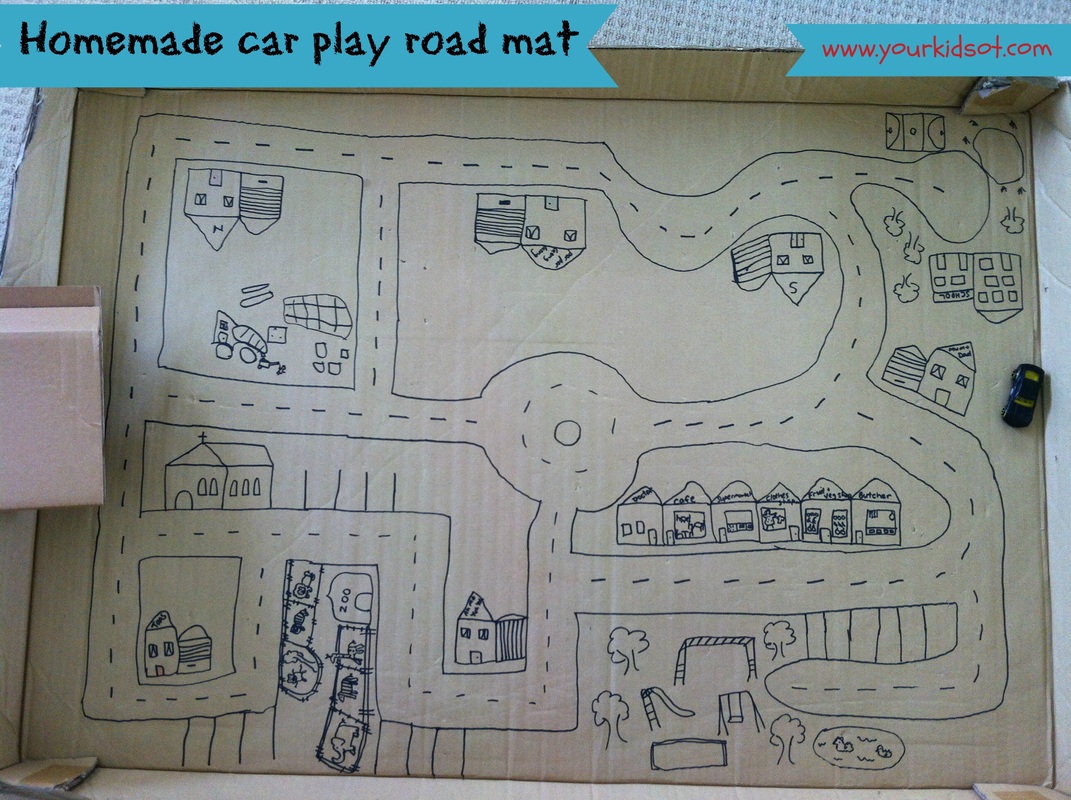
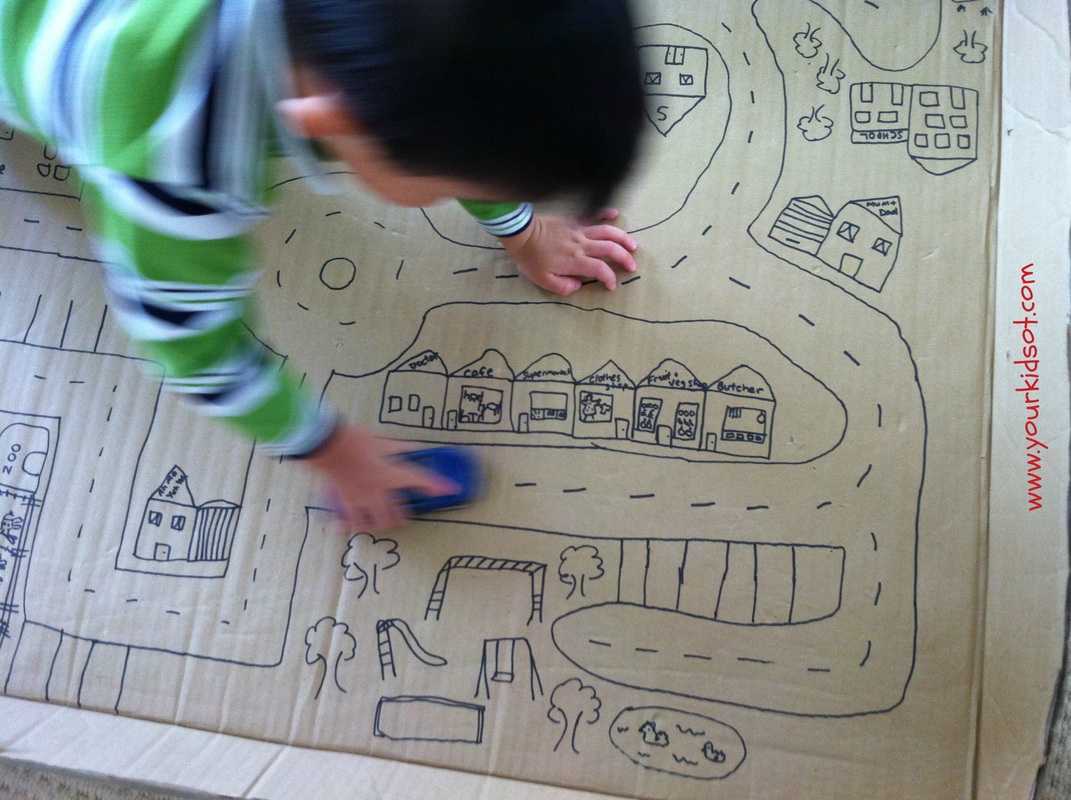
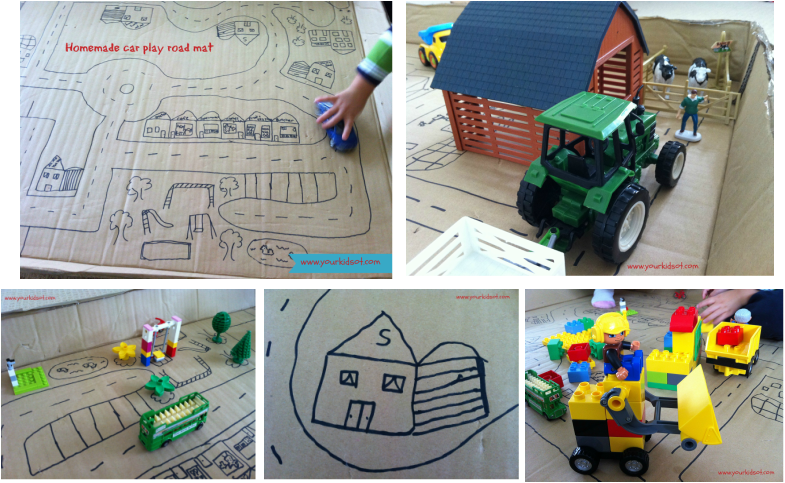

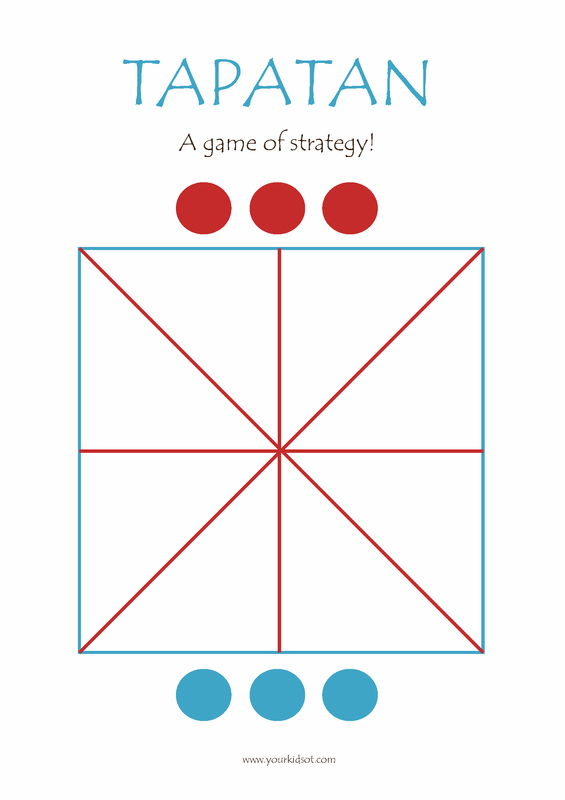
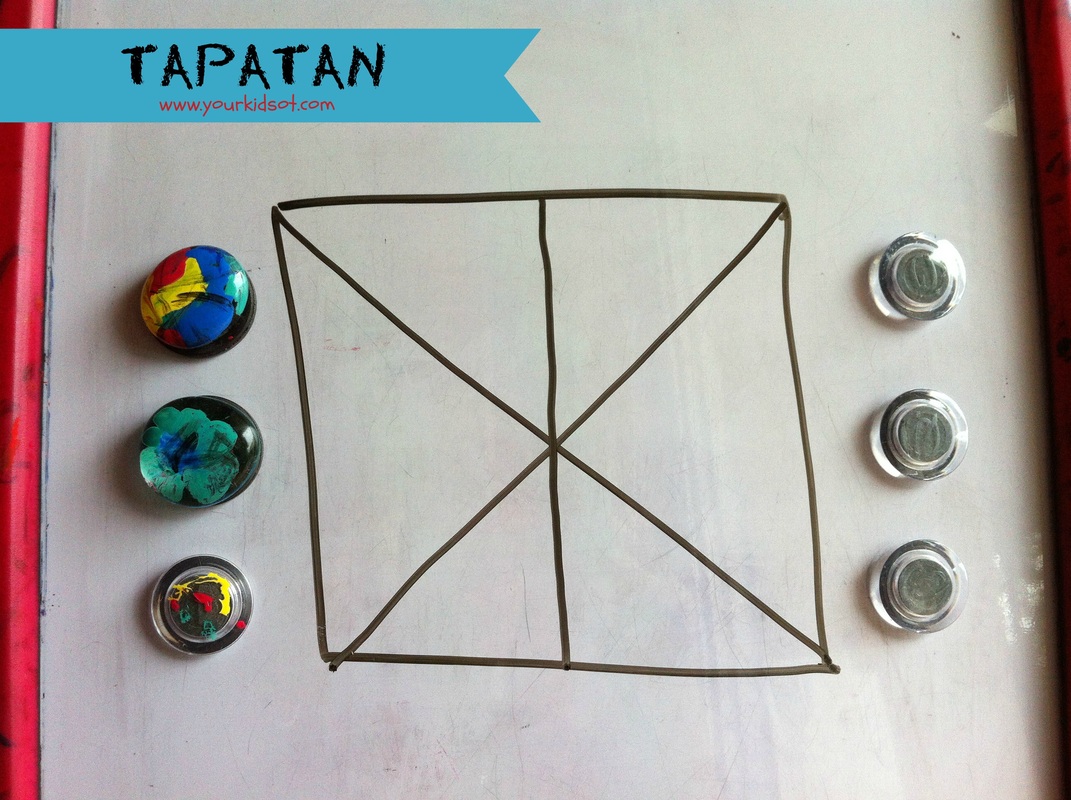
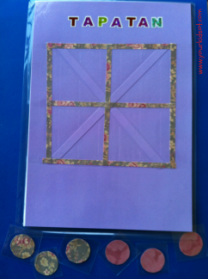
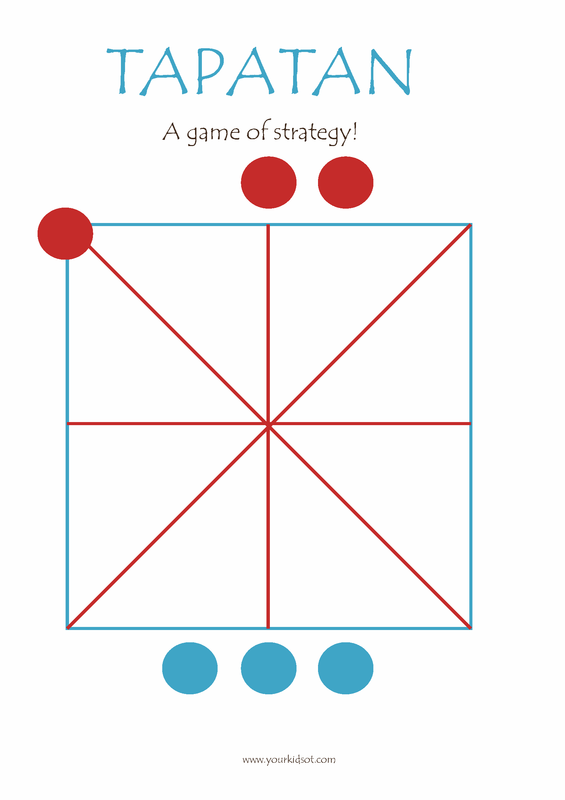
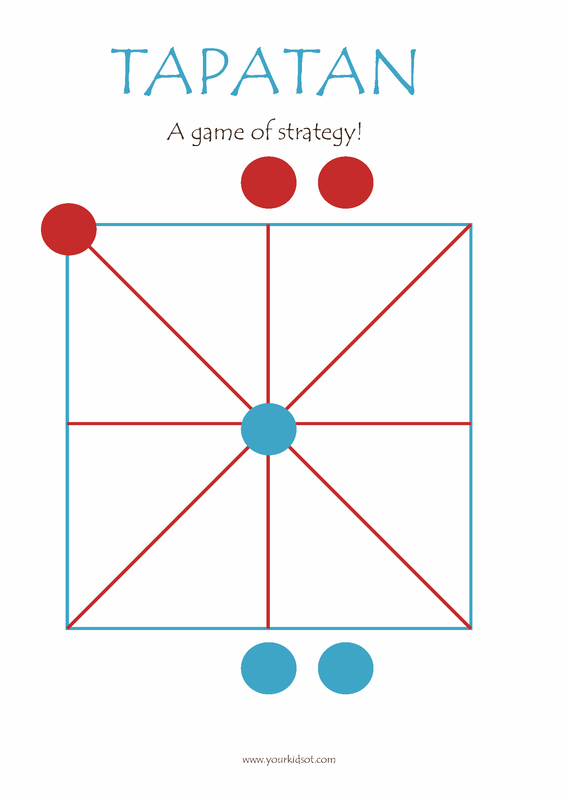
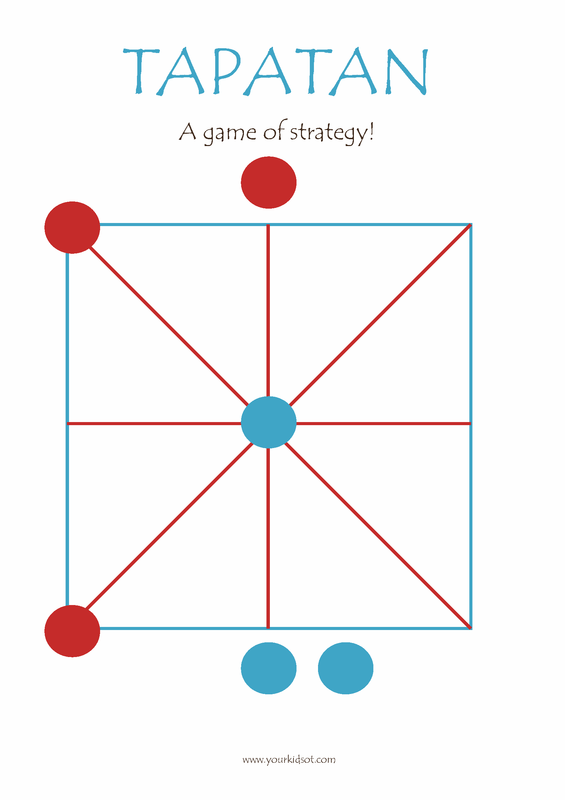
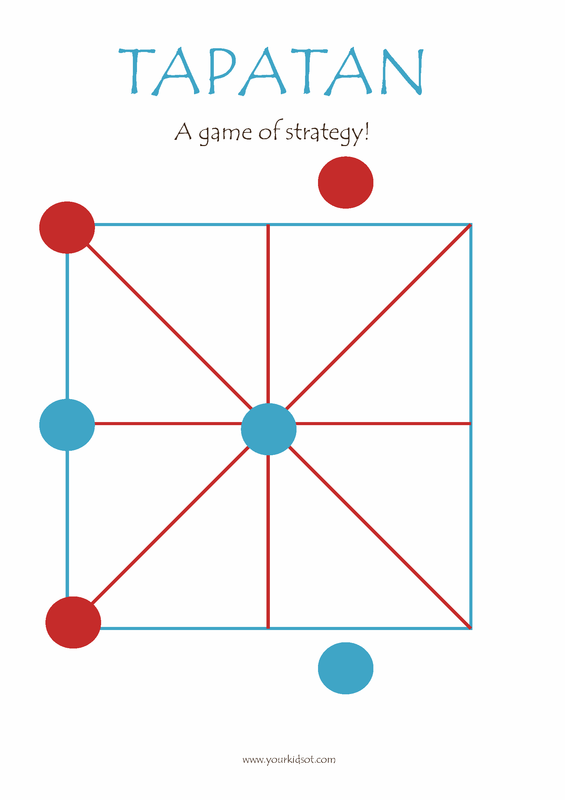
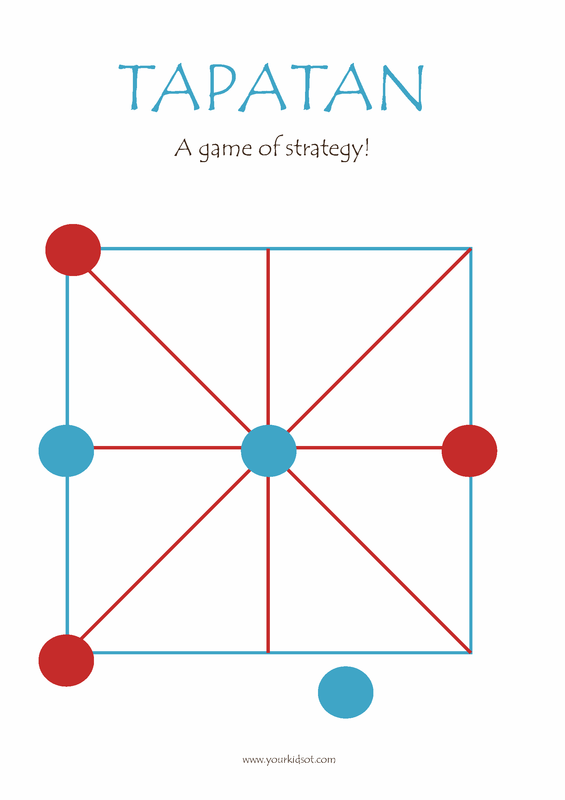
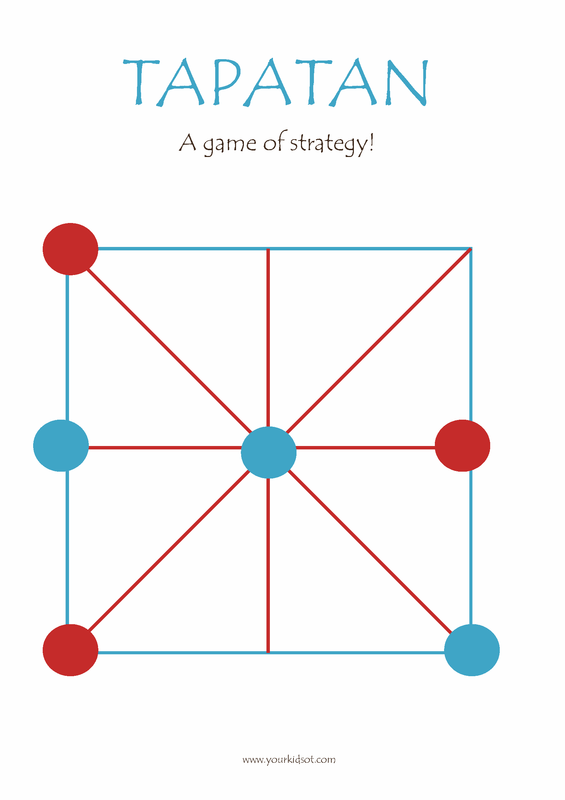
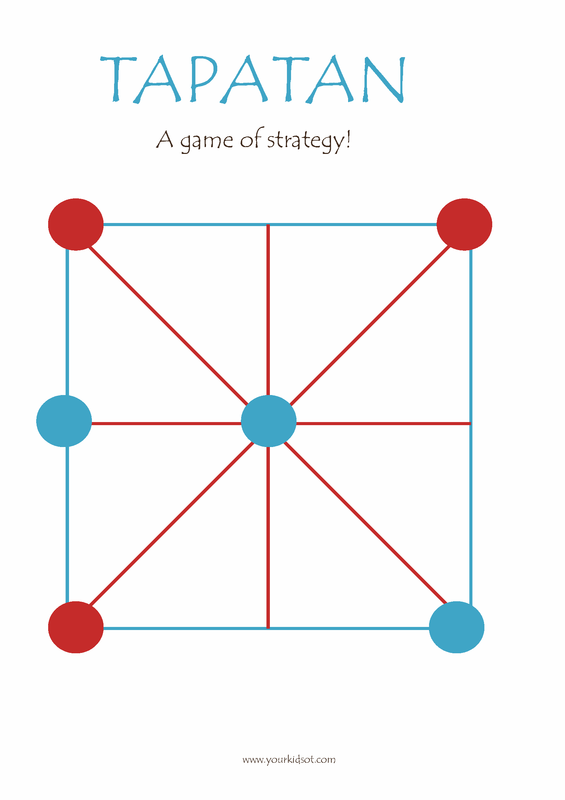
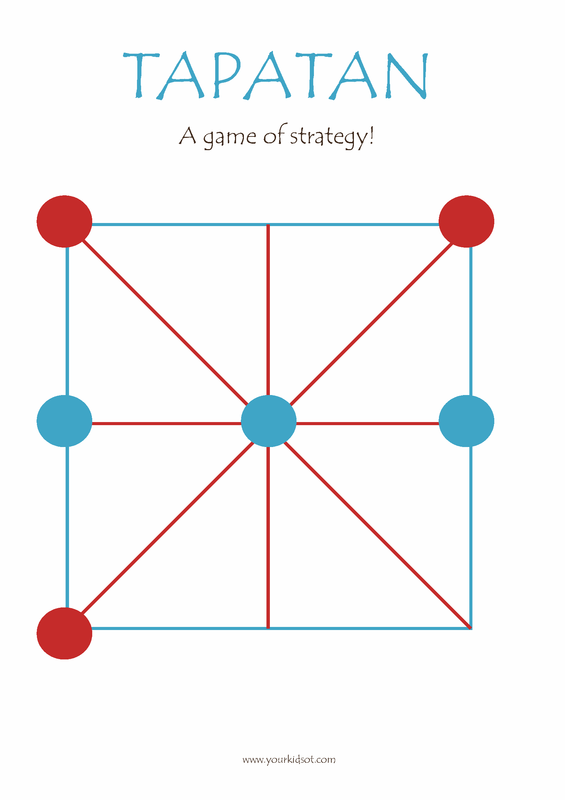

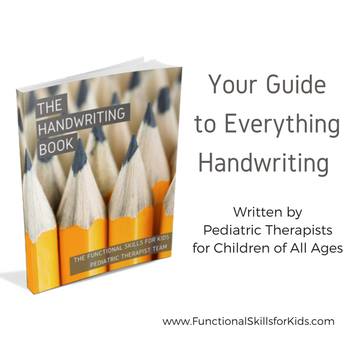
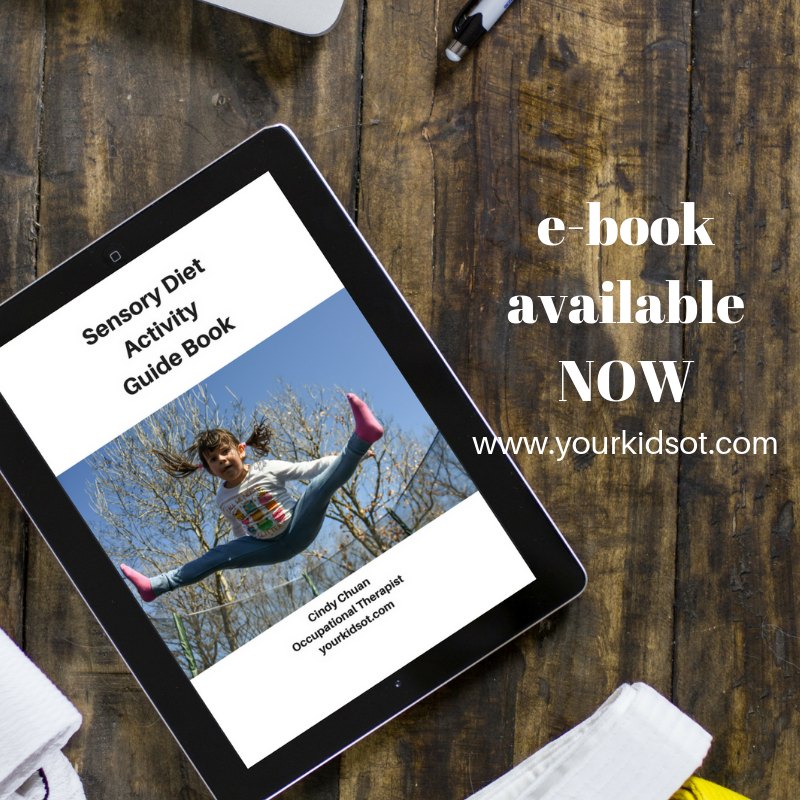
 RSS Feed
RSS Feed
